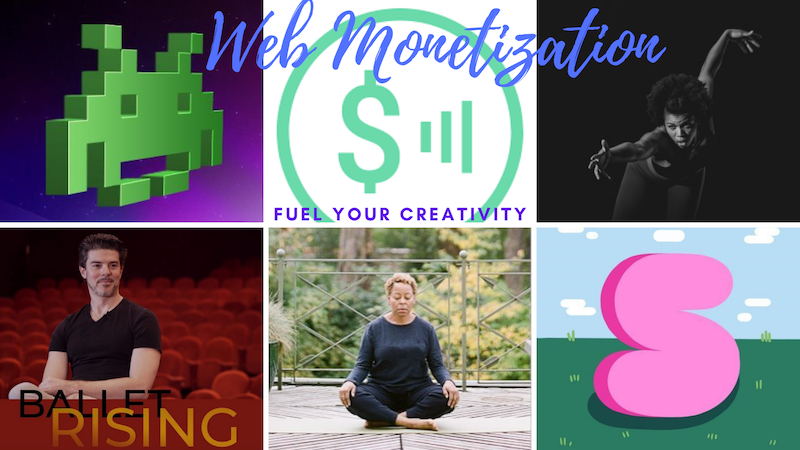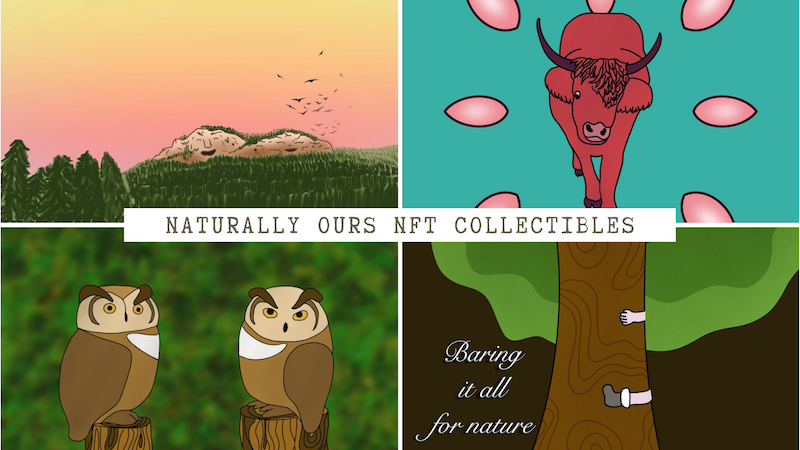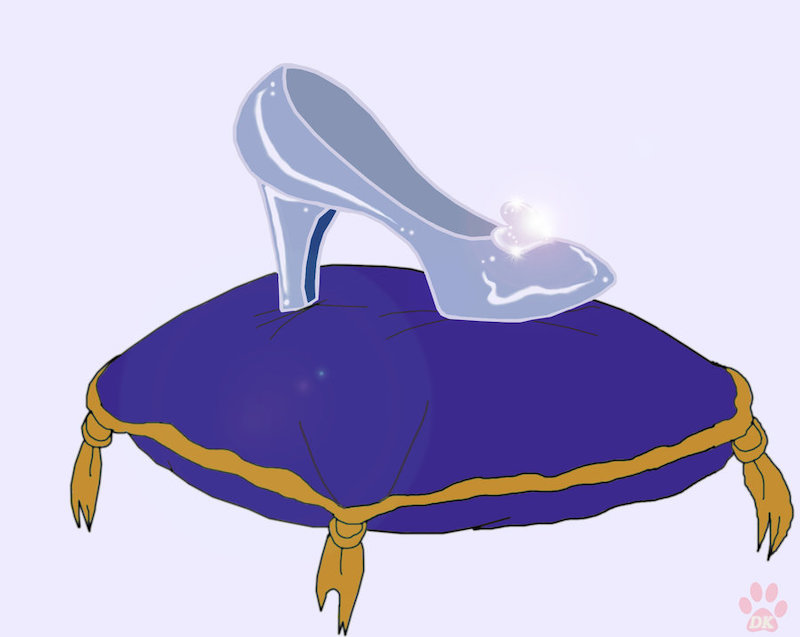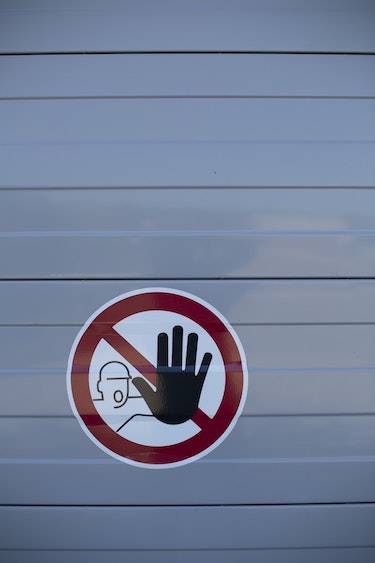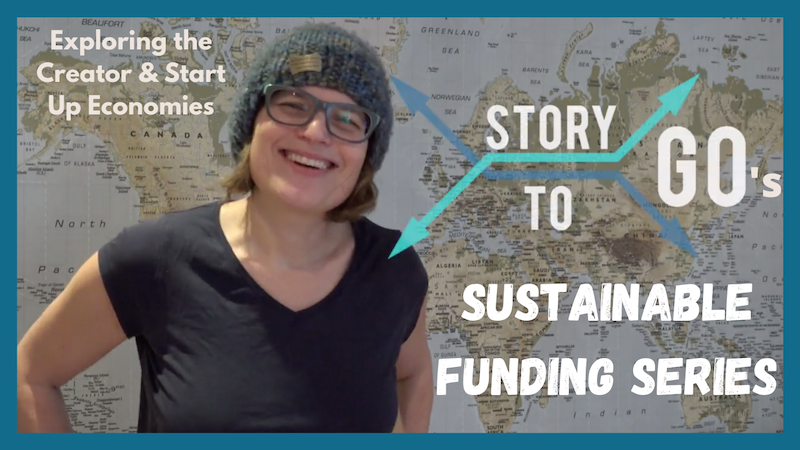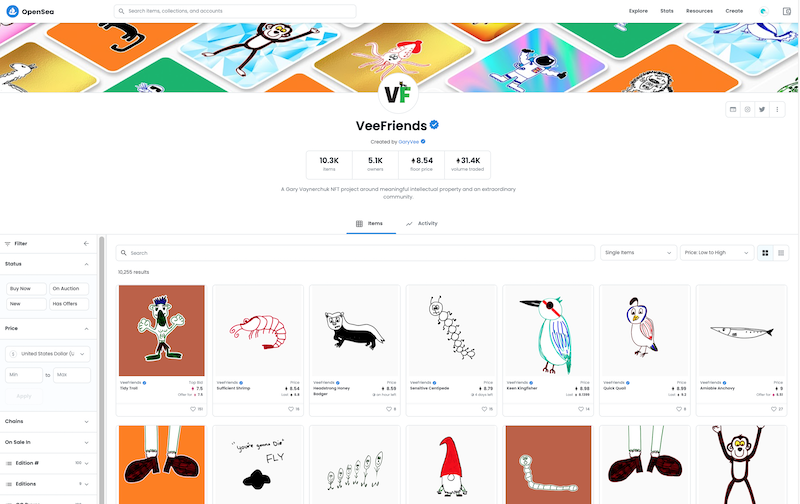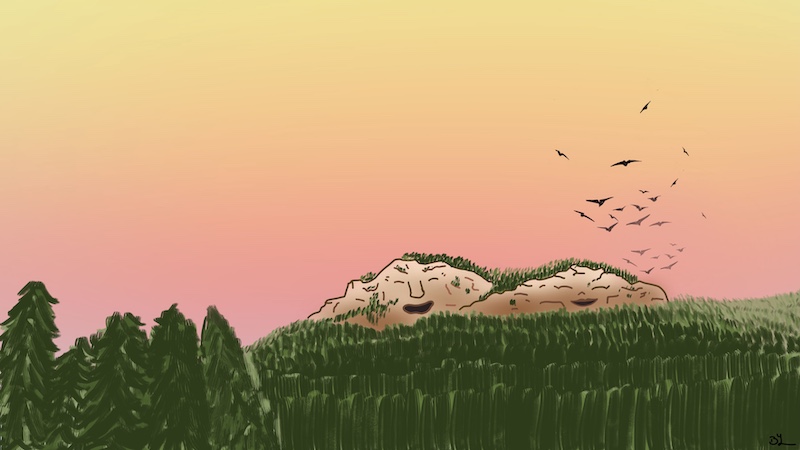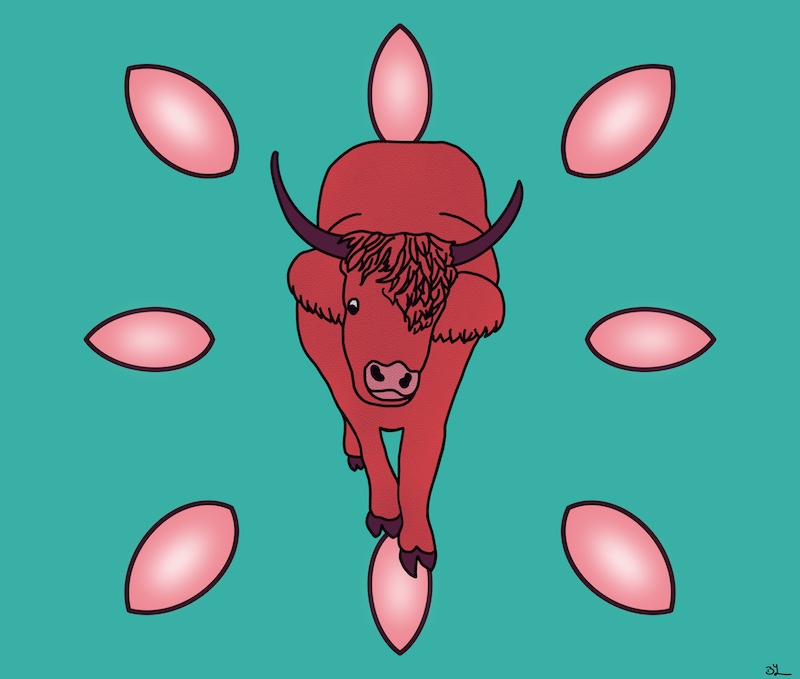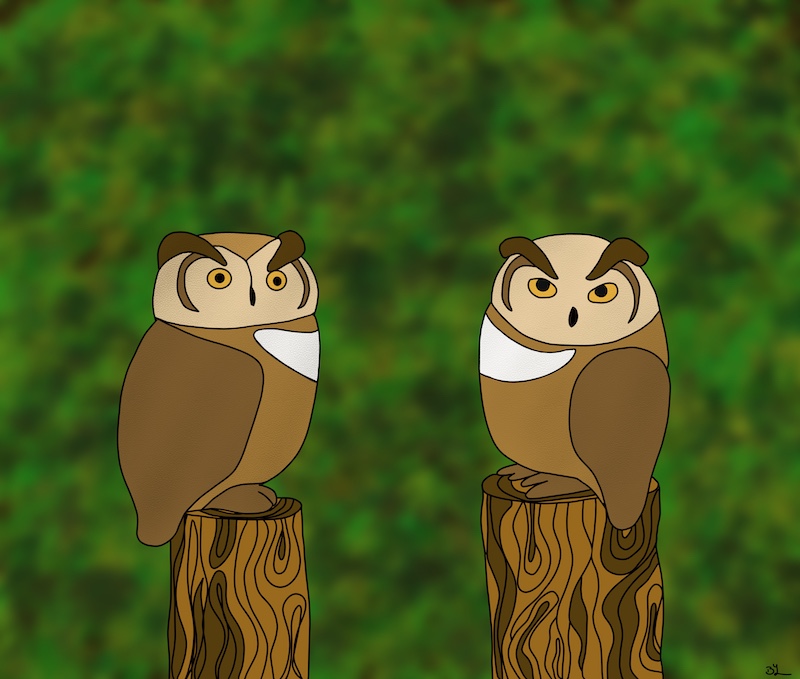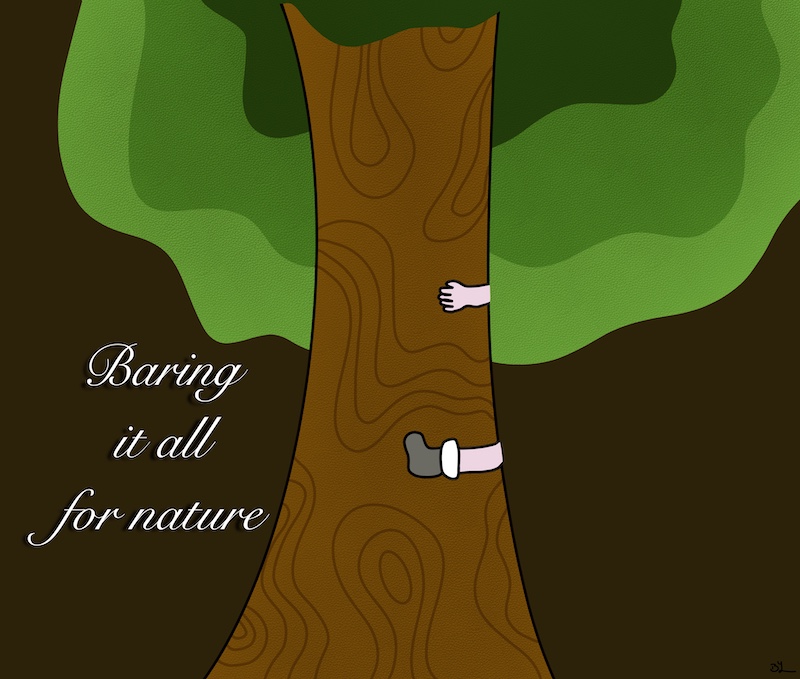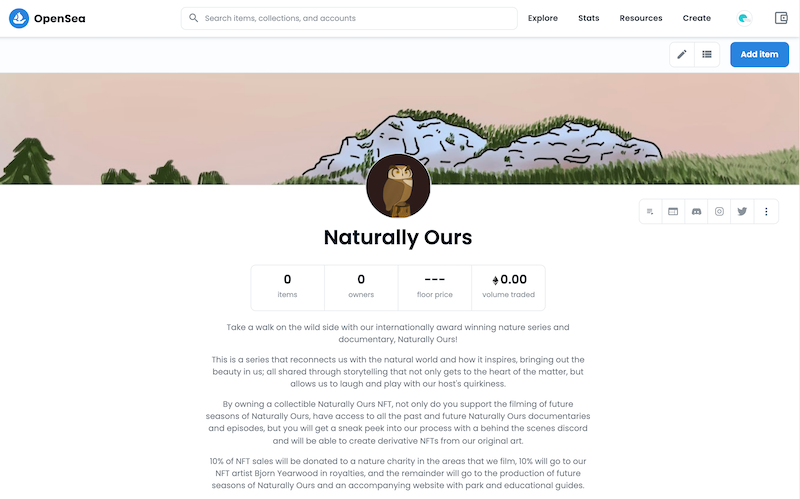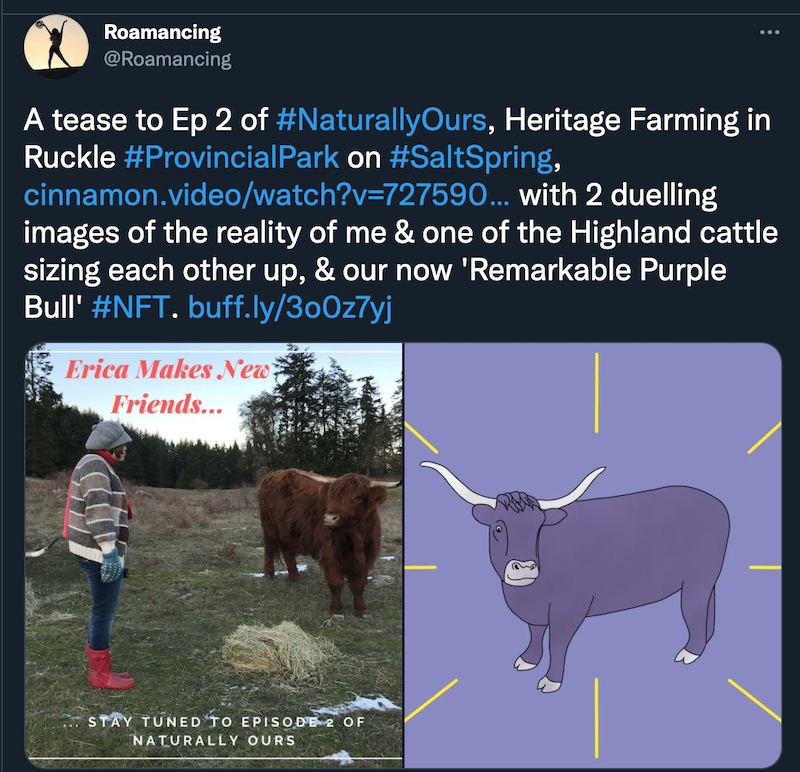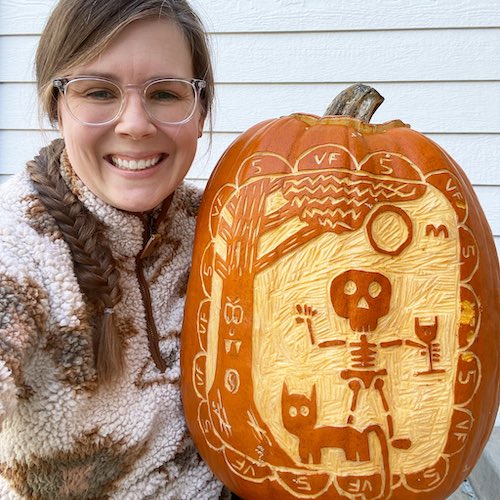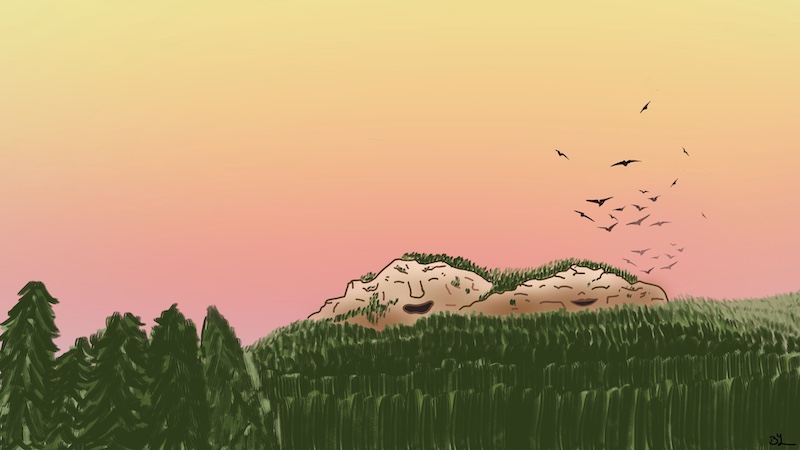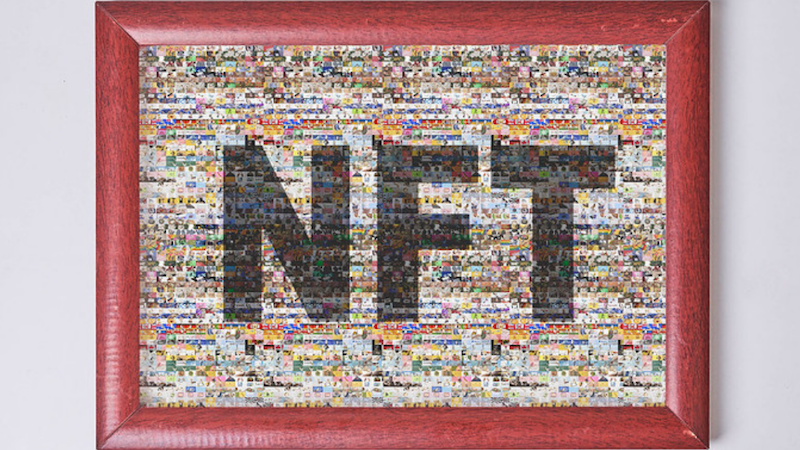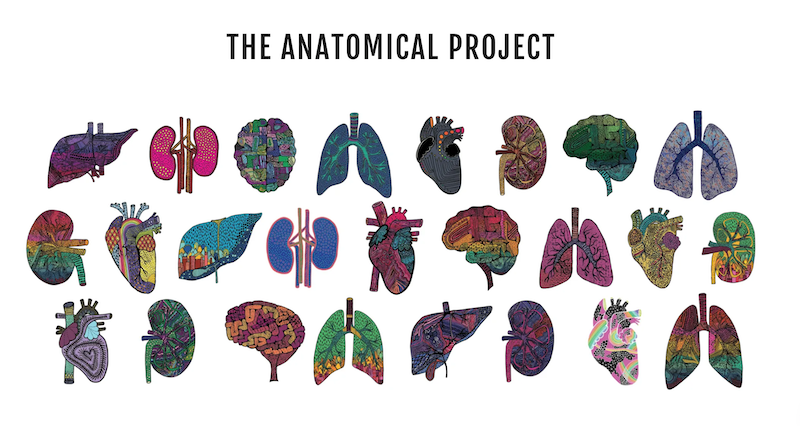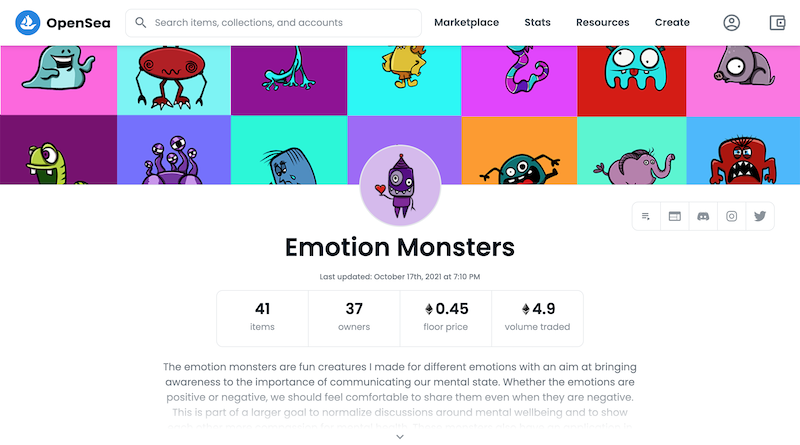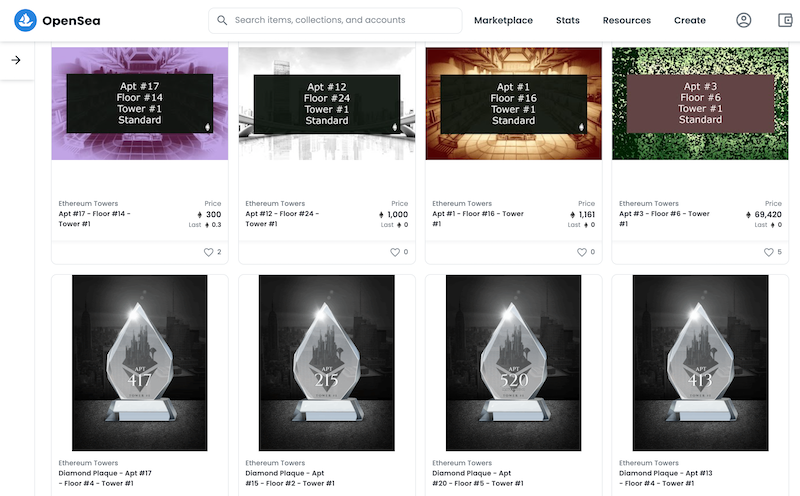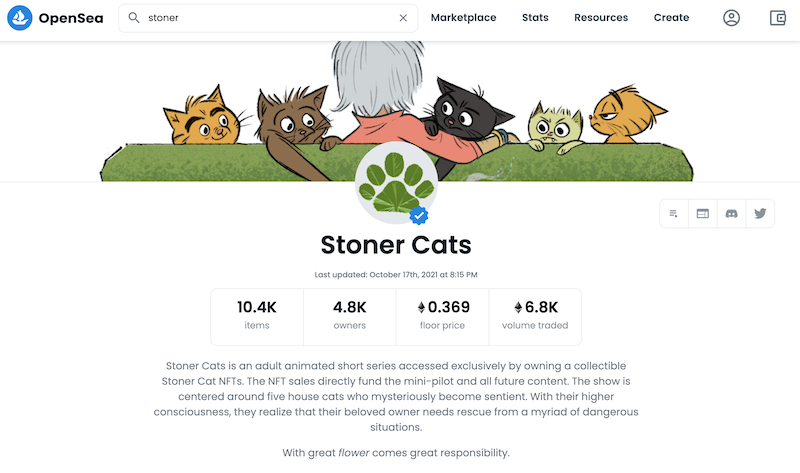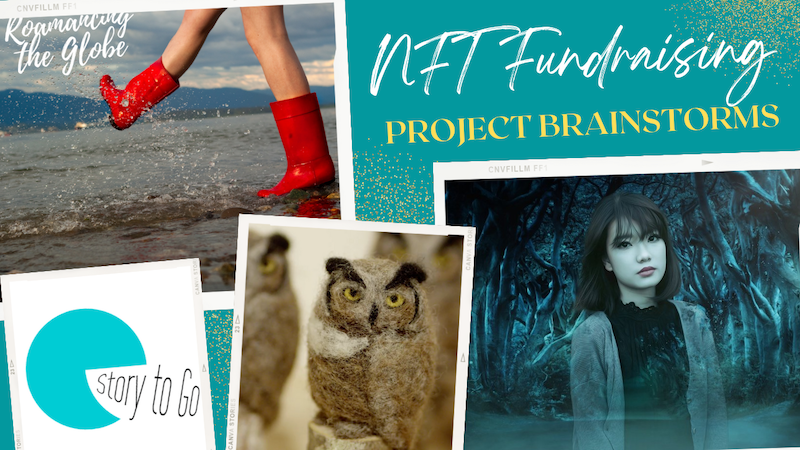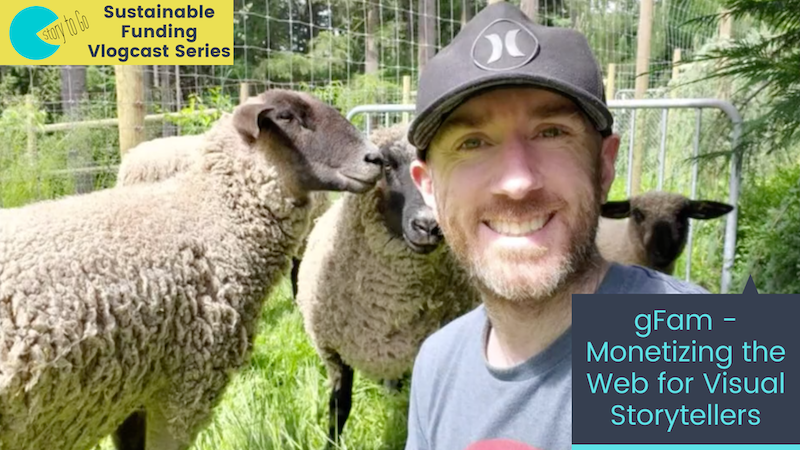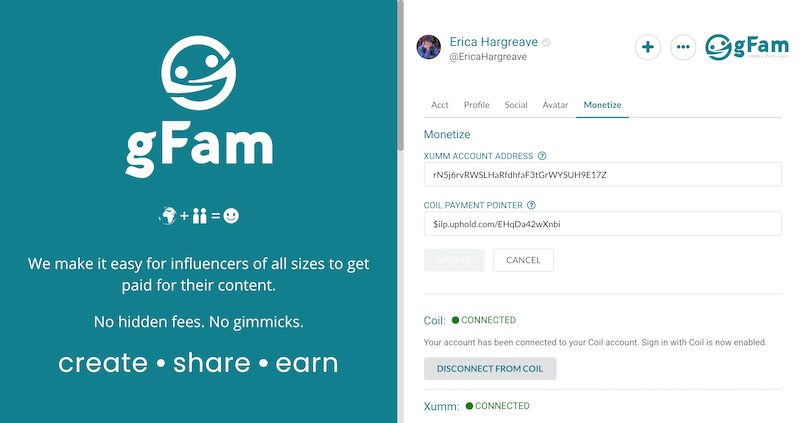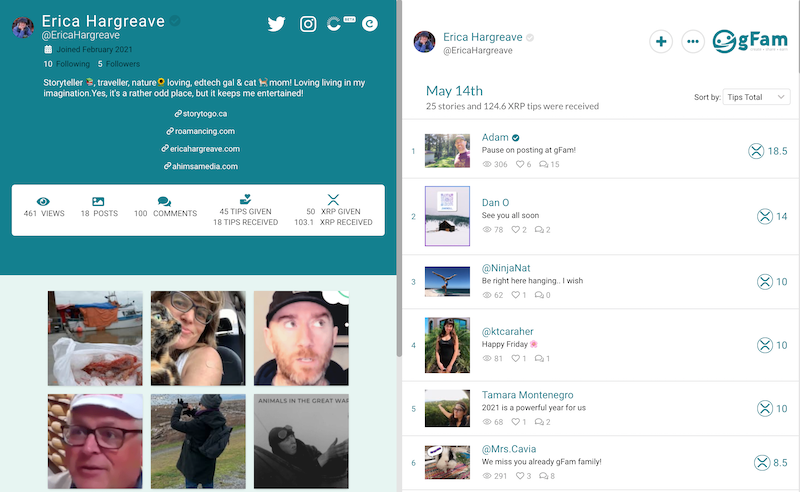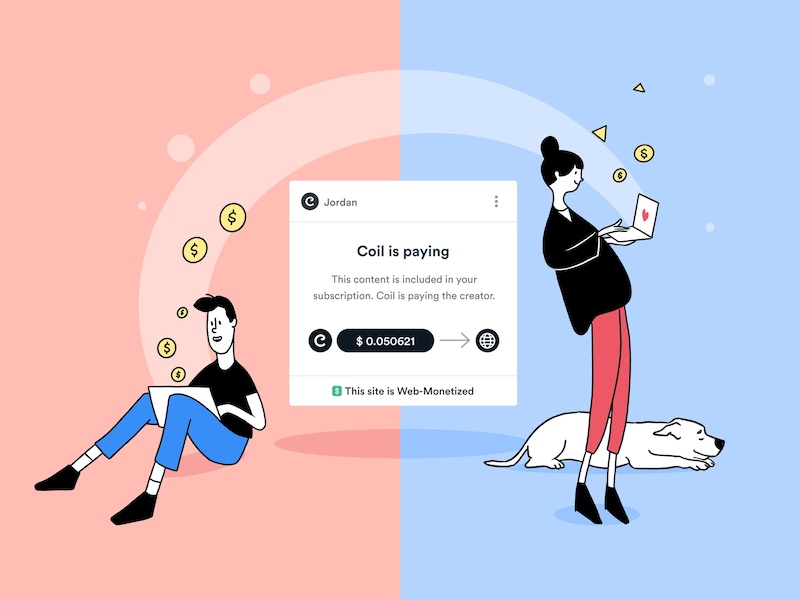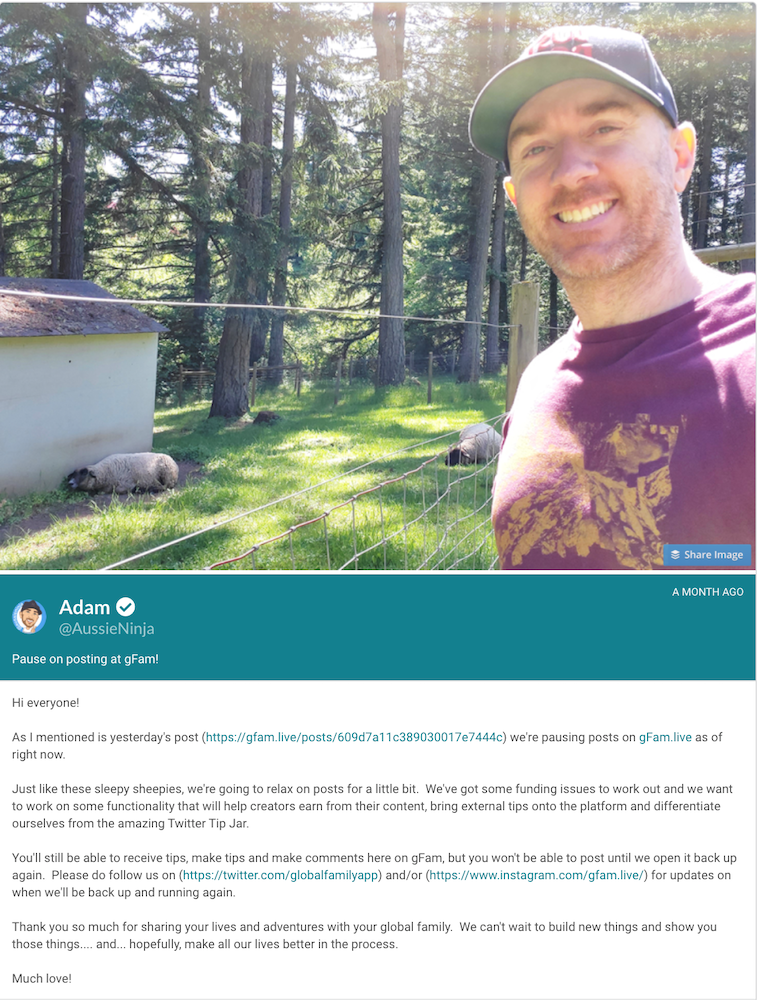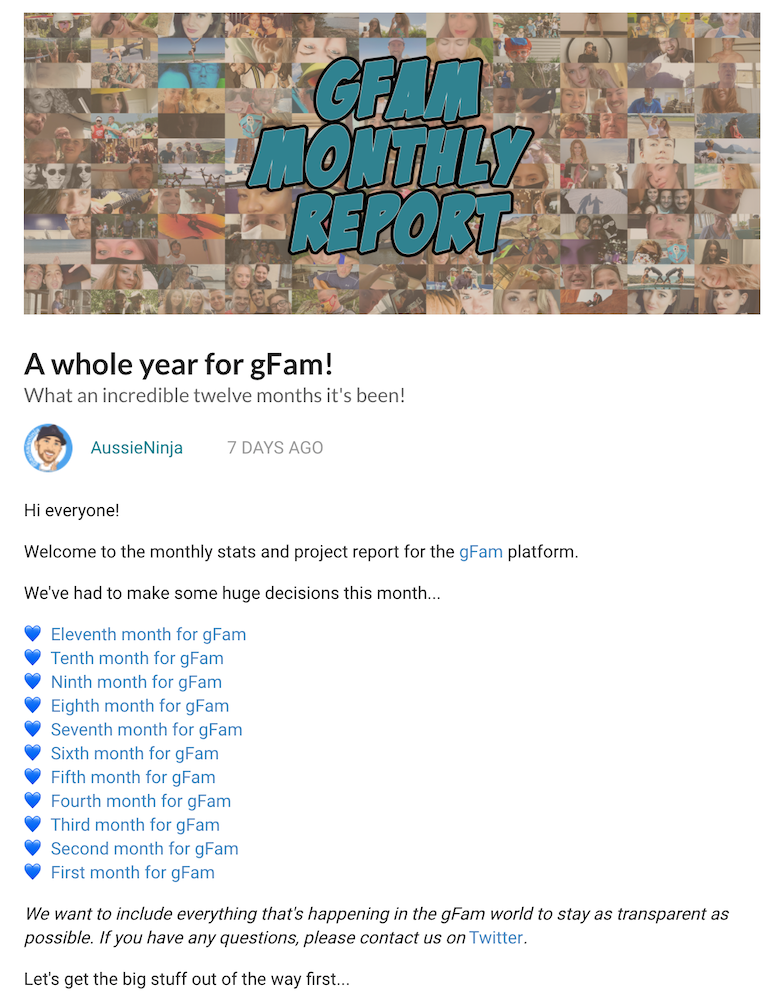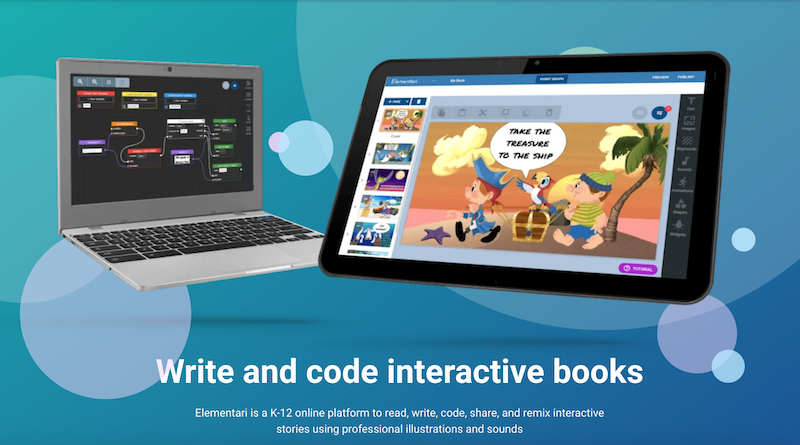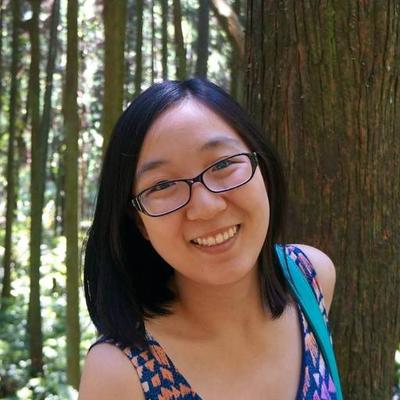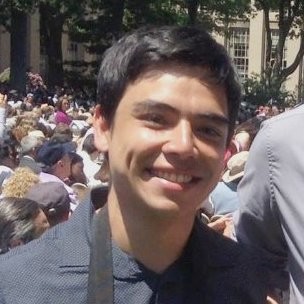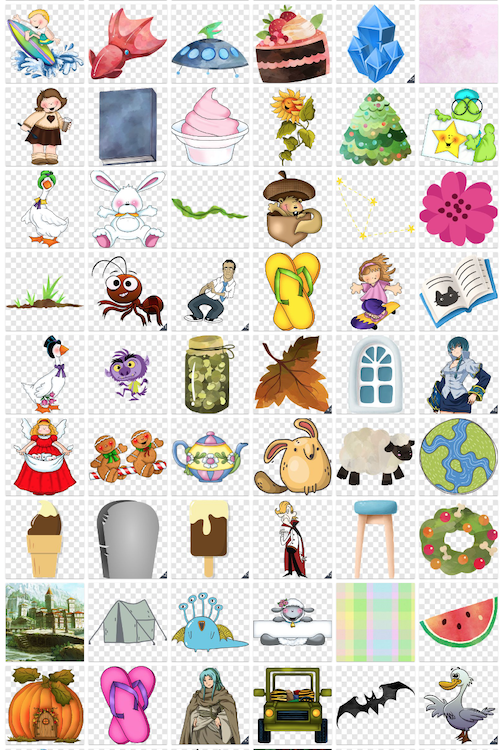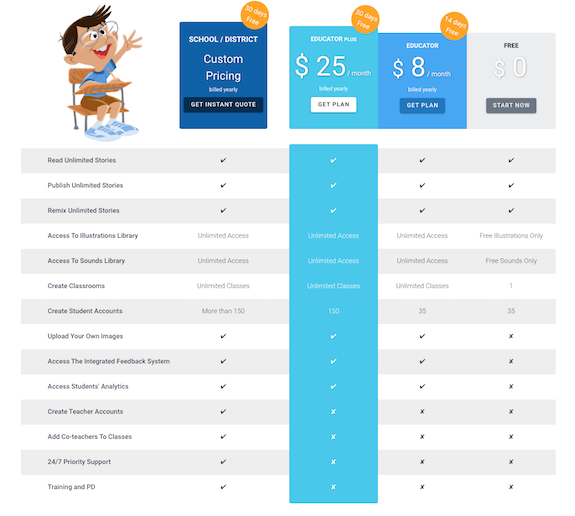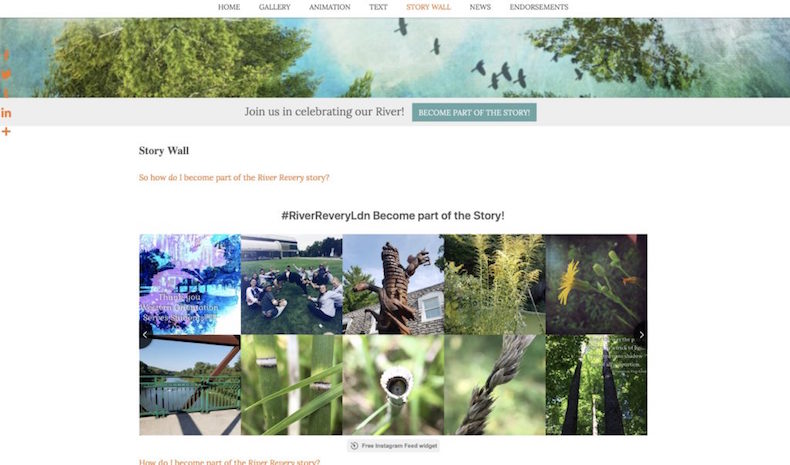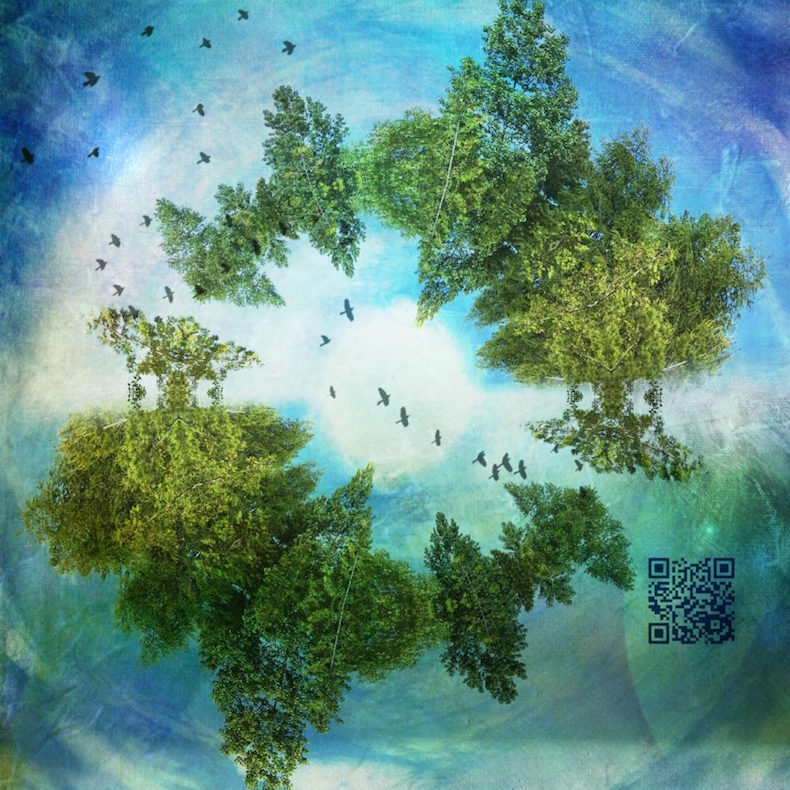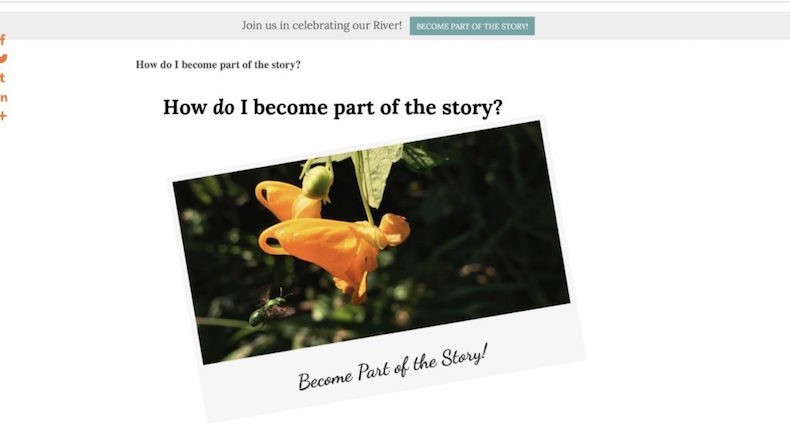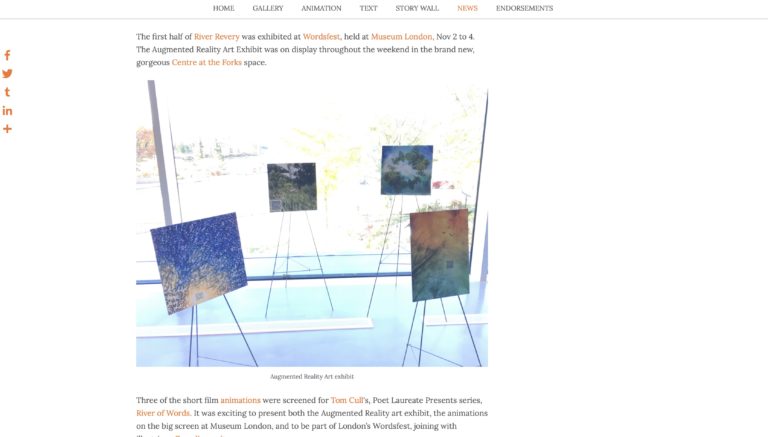Want to earn from your digital assets? Not a fan of ads, affiliate marketing, and data mining, or want to ad an additional way of earning from the digital media that you create? Then try experimenting with the Web Monetization Standard, which is relaunching its ecosystem with the Interledger Web Monetization Browser Extension.
What is the Web Monetization Standard?
Simply put, Web Monetization is a way that digital content creators can earn from streaming micropayments based on the amount of time that visitors spend on their digital content.
In technical terms, the Web Monetization Standard is a JavaScript browser API that allows for the creation of a payment stream from a website visitor to a website.
How Does Web Monetization Work?
By placing an Interledger enabled payment pointer for a digital wallet on the backend of a digital asset, anyone visiting that asset with the Interledger Web Monetization Browser installed and an active sum of money (‘grant’) to send, will send a flow of micropayments from their wallet to your payment pointer for the time spent on your digital asset.

Additionally, they can decide to support your further with a one time payment.
Try Web Monetization Out With Play Money
- Sign up for a Play Money Wallet at https://wallet.interledger-test.dev
- As a part of this, the sandbox has you fill in a KYC, as you would with any digital wallet. Be forewarned, it is annoying, as this is a pretend wallet though, you can put in pretend information. The only things that have to be real for it to work are your email, phone number and face scan.
*If you don’t wish to go through the KYC as it is frustrating and can be intimidating, send me an email at erica[at]storytogo.ca and I will set up a play money test wallet for you, so that you can get to the experimenting with none of the frustration.
- Create a Payment Pointer
- Once you’ve created your account, click on the existing EUR wallet or set up a new wallet in a currency of your choosing.
- Inside the wallet of your choosing, click on ‘Deposit’. (as this is a play money account, add as much money as you’d like.)
- Still inside the wallet of your choosing, click on ‘Add Payment Pointer’ and create a payment pointer.
Send Money with the Interledger Web Monetization Extension
- Download the Interledger Web Monetization Extension. As these are in soft Beta, we are tracking who has access and is experimenting with, so please ask if you would like access.
- Add your Payment Pointer to the Interledger Web Monetization Extension and set the ‘budget’ amount you wish to spend for the month.
- When prompted, click ‘Agree’ and ‘Accept’ to give the required permissions between the Interledger Web Monetization Extension and your Play Money Test Wallet.
- Click back on the Interledger Web Monetization Extension and click on the gear icon in the top corner.
- Here you will find options in the Interledger Web Monetization Extension to change your monthly budget and the rate at which you wish the micropayments to stream between your extension payment point and the payment pointers of the digital assets you are spending time on. This rate can be changed at any time, or paused, if on a site you do not wish to send funds to. The budget can be changed month or made reoccurring.
- Visit a Web Monetized Website.
- Find a list of Web Monetized Websites here. (Stay tuned – updating shortly.)
- Look at your Interledger Web Monetization Browser Extension. It should show a green dot if the site is Web Monetized or a red dot if it is not. If you see a green dot, try sending a one time payment.
Earn Money with the Interledger Web Monetization Extension
- Place an Interledger enabled payment pointer to your digital wallet in your website’s header or footer with this code:
<html>
<head>
<title>StoryToGo</title>
<link rel="monetization" href="$ilp.interledger-test.dev/thankssantosh">
</head>
</html>OR
- Add Coil’s Web Monetization Plugin (yes, the plugin still works, and I’ve been promised it will be further updated) to your WordPress site and add Interledger enabled payment pointer to your site via the plugin.
- Add your Website to this editable Google document of Web Monetized Websites. (Stay tuned – updating shortly.)

Earn or Send Read Money with the Interledger Web Monetization Extension
- Repeat the above steps with an Interledger enabled wallet. Current Interledger enabled wallets include:
*This section will be updated this week with links to instructions for each of these real money wallets above.
Web Monetization is in Soft Beta
With the relaunch of the Web Monetization Ecosystem with the Interledger Web Monetization Extension, Web Monetization is currently in soft beta. This means that there are limitations at present.
Usage Limitations
While the Web Monetization ecosystem is built back up, this presently means earning from Web Monetization currently only works on websites.
Stay tuned for the ability to earn in the future from:
- video
- podcasts
- music
- social media platforms
- and more
… as the Web Monetization ecosystem grows.
Wallet Limitations
The wallets are also in soft beta with Web Monetization, which means at present:
- you cannot send between different wallet types (ie. Fynbos US wallets can only send to Fynbos US wallets. A Fynbos US wallet cannot currently send to a GateHub US wallet.)
- you cannot send between currencies (ie. Fynbos Canadian wallets can only send to Fynbos Canadian wallets. A Fynbos Canadian wallet cannot currently send to a Fynbos US wallet.)
These will change, but for now, so as not to lose out on earnings, add all your payment pointer to your website header or footer, like this:
<html>
<head>
<title>Naturally Ours</title>
<link rel="monetization" href="https://fynbos.me/lori"> <link rel="monetization" href="https://fynbos.me/erica"> <link rel="monetization" href="https://ilp.gatehub.net/276288680/USD"> <link rel="monetization" href="https://ilp.gatehub.net/276288680/EUR"> <link rel="monetization" href="https://ilp.chimoney.com/90711674_1724964400719"> <link rel="monetization" href="https://ilp.rafiki.money/wm-receiving">
</head>
</html>Stay Tuned to StoryToGo.ca/web-monetization-standard/
Stay Tuned to StoryToGo.ca/web-monetization-standard/ for updates in the Web Monetization Ecosystem, including resources and examples of how Web Monetization is being applied to build sustainability.
